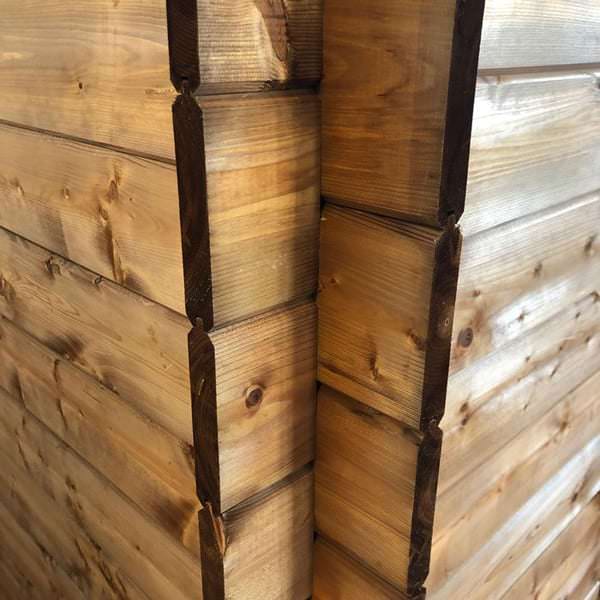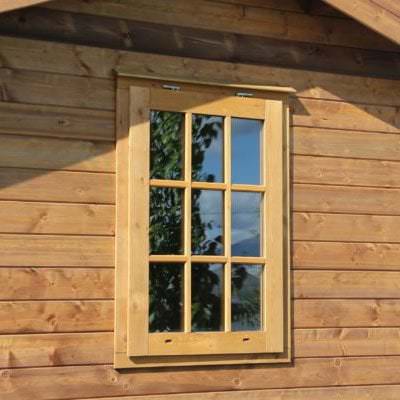If you’ve just built yourself a beautiful timber cabin, the last thing you want is for it to be ruined by the weather… We want your cabin to last for years to come through all of the elements, so in this Learning Hub article we will give you our top tips for weatherproofing your cabin. Whether you have a SheShed or another type of timber cabin, following these tips will help to keep your cabin in good condition for years to come. Read on to find out more!

Many of our SheShed cabins are certified up to a high-wind category throughout New Zealand (& some cyclone ratings throughout Australia). Depending on your location, the surrounding terrain & the direction of the prevailing winds, it can sometimes be best to discuss what wind rating will be required for your anticipated site with a local professional before purchasing, so we can offer you the best solution. Different kitset cabins within our range are designed to withstand different wind ratings, and additional bracing kits can also be purchase to increase the level of storm protection on your shed.
Storm brace kits provide additional vertical tiedown bracing to keep your cabin firmly anchored in any storm conditions. These come standard with our traditional style Canopy kits, Brook River & Lake Cabin kits. Our modern Tussock, Coastal & Alpine cabins all come standard with built in metal storm braces to help reinforce anchoring.




SheShed kitset cabins are designed to be weatherproof, we source sheds manufactured only from high quality slow-grown trees, with CNC machined timber to achieve the snuggest fitting joints, however with the timber being a natural product we can’t guarantee that every board will be free of imperfections or blemishes.
The 4 main typical areas where water penetration can occur on any building is, through the roof, through the floor, windows & doors & wall cladding which is why we recommend sealing knots & blemishes.



Heavy rain, changes in atmospheric pressure, and gusting wind can all cause a difference in atmospheric pressure between the interior of the shed & the exterior. In some cases, the pressure difference can create a wicking effect (absorbing of water by capillary action) where water can be draw through tiny cracks or through the natural woodgrain of the timber, sometimes visible as water droplets or it may be as subtle as a watermark on unpainted timber. Proper sealing & painting of the end grain & knots will help reduce this. Additional sealant can be used around the log notches, if the cabin is in a vulnerable location, however care must be taken to ensure that the sealant doesn’t prevent the natural movement of the timber. It a good idea to install small vents at a high level in the front & rear apex walls of the cabin, this helps to provide suitable cross flow to balance the pressure difference & reduce the effects of the weather on your cabin.
Due to the innovative notched & stacked construction of the log cabins, the performance of the sheds in an earthquake, provide superior protection against erratic movements caused by earthquakes, if built correctly on one of our certified sub-base designs, your shed will be suitable to withstand typical damages caused by earthquakes to traditional style buildings.
Weatherproofing your cabin is essential to keeping it in good condition for years to come. By following the tips we’ve outlined in this article, you can ensure that your cabin will be able to withstand all of the elements Mother Nature throws its way. If you have any questions about weatherproofing or protecting your cabin, don’t hesitate to call our team – we would be happy to help!
2024
SheShed Australia & New Zealand. All rights reserved.